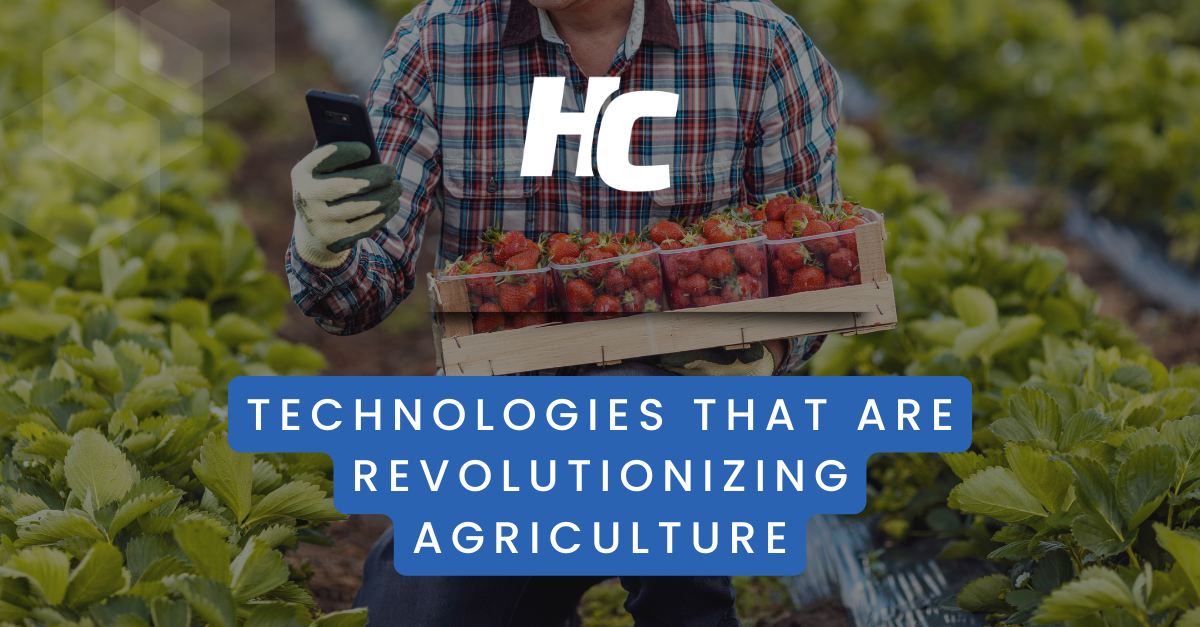
How technology is improving safety, efficiency, and quality in agriculture
Agriculture is a crucial activity for humanity because we rely on it for food, clothing, and energy production. However, agriculture faces many challenges such as climate change, resource scarcity, loss of biodiversity, pests, diseases, and a growing demand for food.
To overcome these challenges, it is basically necessary to innovate and adopt technological solutions that can make agriculture more productive, efficient, sustainable, and profitable. Technology can help farmers improve soil, water, plant, animal, and input management, as well as facilitate monitoring, analysis, decision-making, and communication.
Following are just some of the technologies that are transforming agriculture and bringing benefits to farmers, businesses, consumers, and the environment.
Cloud computing: Service that allows remote access to computing resources, such as servers, databases, software, etc., without the need for installation or maintenance. Cloud computing can offer more agility, scalability, security and savings for agriculture, as it allows the storage and processing of data quickly, easily and cheaply.
Big data: Term that refers to the large volume, variety and speed of data generated in agriculture. Big data can be used to extract valuable information such as patterns, trends, correlations, etc., which can help in decision-making and improving agricultural performance.
Internet of Things (IoT): Network of objects connected to the internet, such as sensors, drones, machines, smartphones, etc. This network allows the collection, storage, processing and sharing of large volumes of data in real time, facilitating the control and management of agricultural production.
Sensors: Devices that capture data about environmental conditions, such as temperature, humidity, luminosity, pH, nutrients, etc. This data can be used to optimize the use of water, fertilizers, pesticides and other resources, as well as to detect problems and prevent losses.

